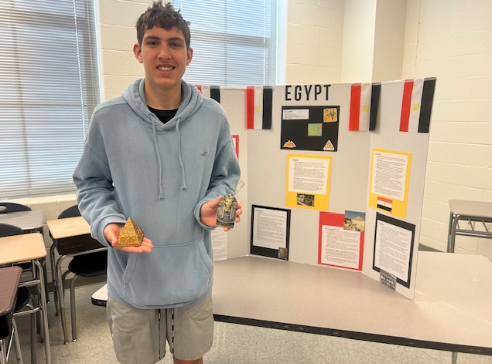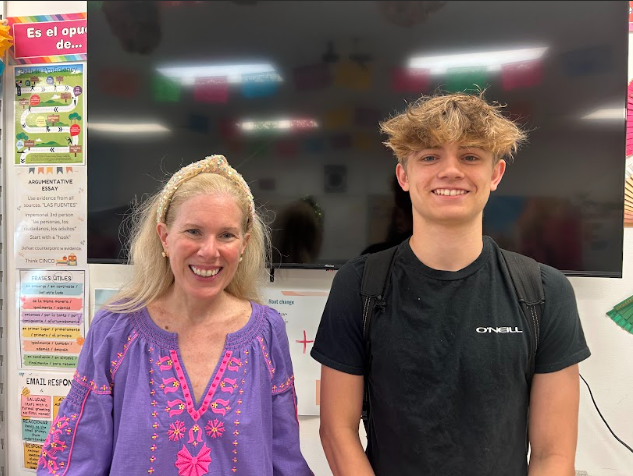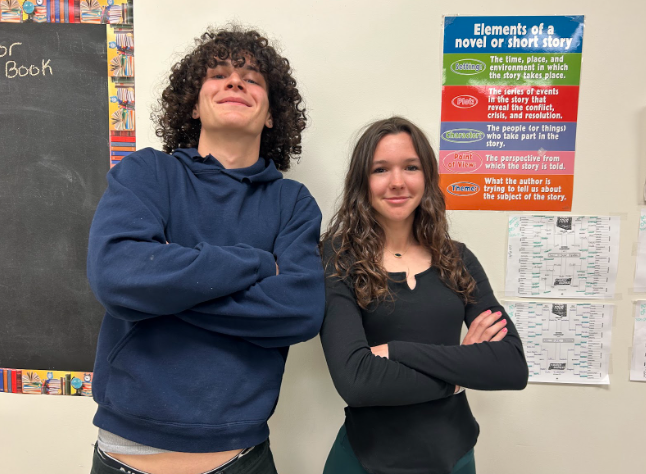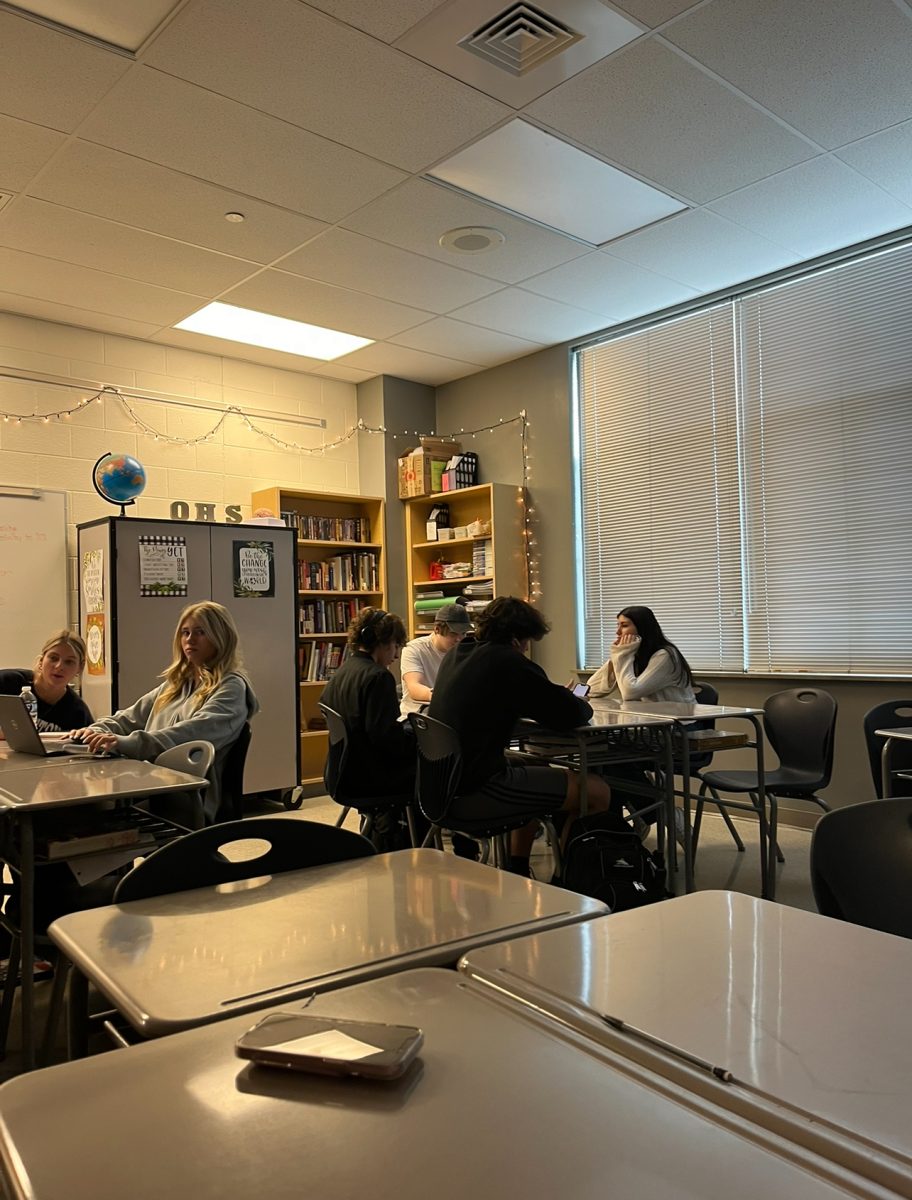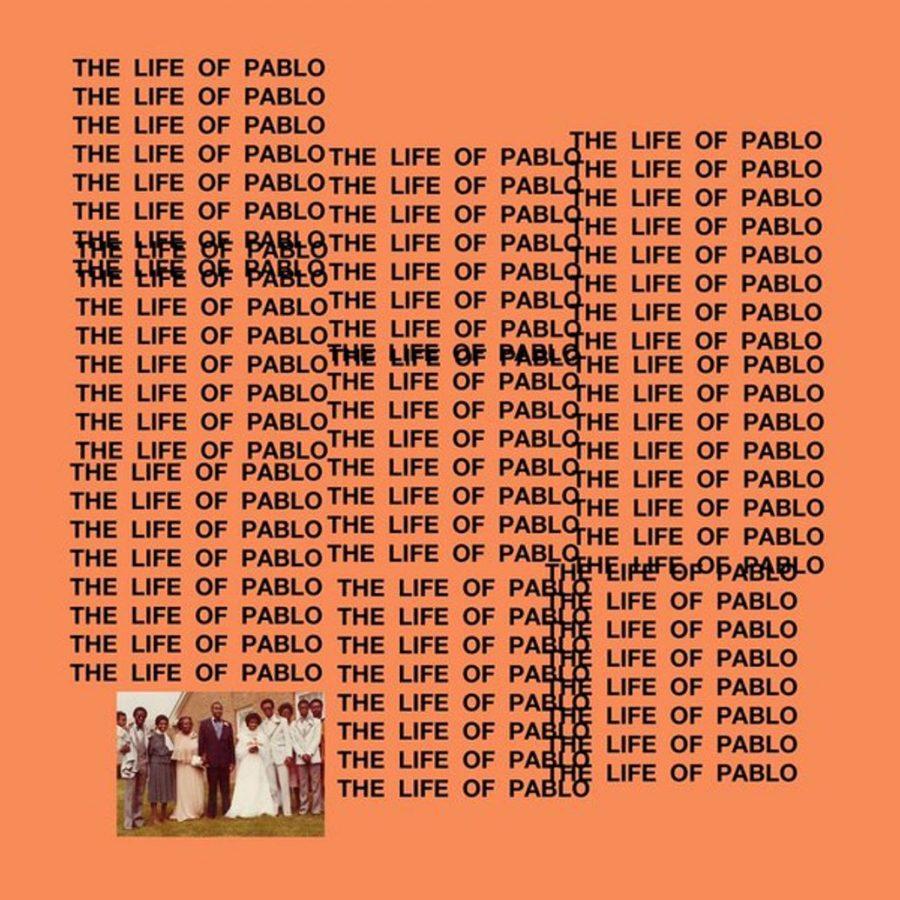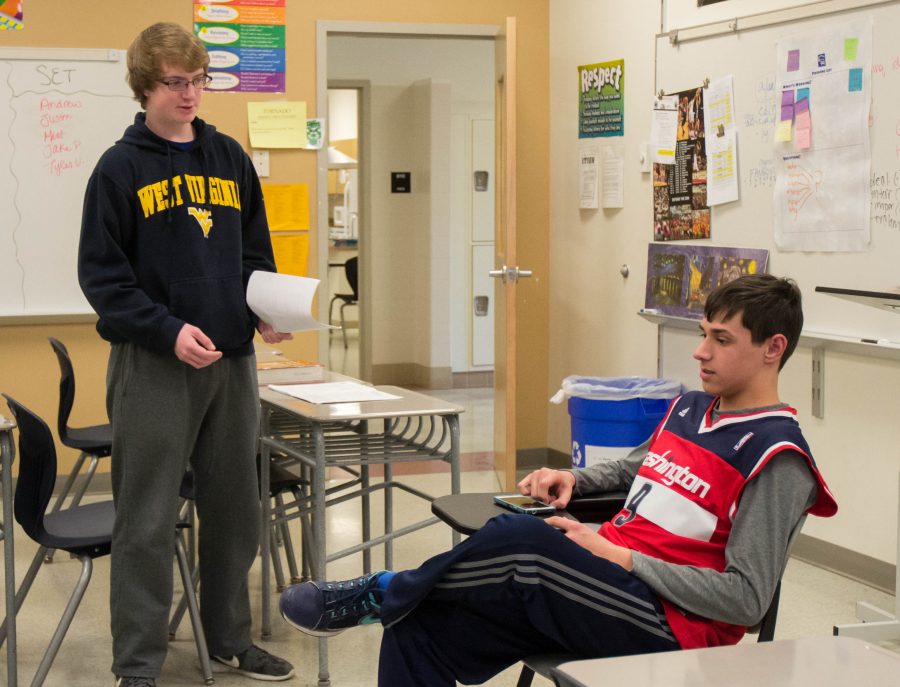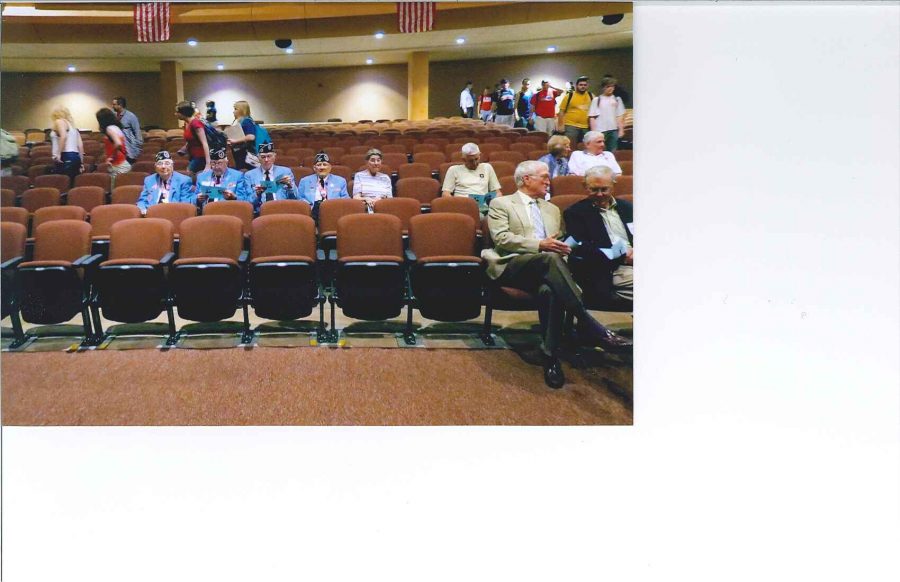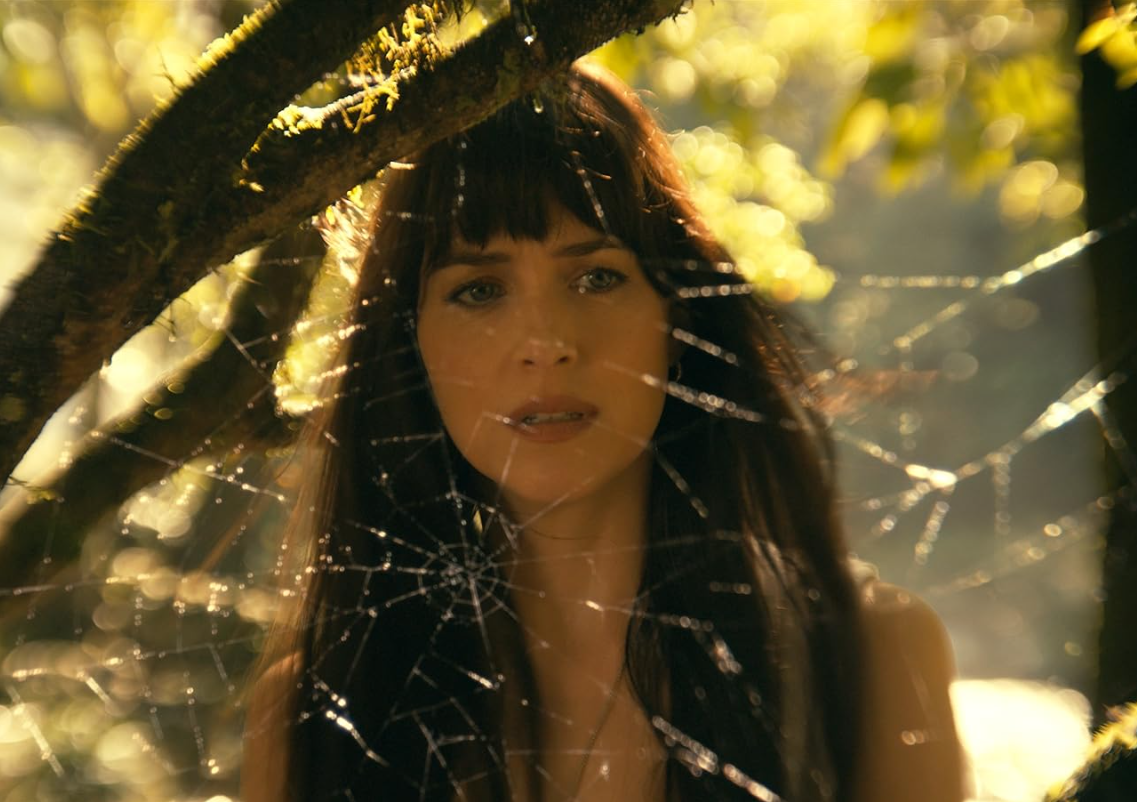Lions, tigers, and bears, oh my! To many kids, the zoo is a magical place. They get to see animals that they have only seen in pictures and read about in stories come to life. They get to experience the thrill of seeing these exotic creatures right in front of them. As well, the zoo isn’t just for kids, many adults also find joy in the zoo. At what cost comes to the animals if they are held captive?
Zoos are popular tourist attractions. As of April 2021, there are 241 accredited zoos in the U.S. These zoos attract over 181 million visitors annually, which is more than the approximately 131 million yearly spectators of the NFL, NBA, NHL, and MLB combined. So what do zoos do with all the money? The obvious answer is paying the staff members, animal maintenance, and facility fees. Sophomore Haydn Marley argued, ¨I think that zoos do not receive enough money to treat the animals with the care they deserve.¨ Is it ethical to hold animals who don’t need medical attention in captivity when zoos are already overpopulated? Marley goes on to express, ¨I think zoos are great but they should only have hurt or sick animals that need healing.¨
From the very beginning, zoos have been for entertainment and to bring joy to many. Animal captivity for human enjoyment dates back to ancient Egypt around 3,000 years ago. Rulers and other important people would have these exotic animals to symbolize their power and wealth. Others didn’t start to see exotic species until the age of exploration in the 15th century. Explorers would bring these never seen before animals back from their travels. As a result, zoos started to assemble in big cities in the west. Not surprisingly, to competitively demonstrate the size and greatness of their zoo.
Today, zoos have changed a lot about them. Animals are getting treated better now then they were hundreds of years ago. However, zoos still have a lot of controversy surrounding them. One of the biggest arguments is whether or not zoos protect animals or endanger them.
A way zoos protect animals, according to Wild Welfare, is by using these three aspects of conservation – practice, advocacy and research. Practice deals with captive breeding, species reintroduction programs, species survival plans, and the use of zoo revenue for programs in the wild. Advocacy includes the public’s engagement with the animals, promoting awareness, advocating for social events and fundraisers. Conservation research is directed to wildlife biology, demographics, behavior in the animals, and their welfare.
Based on today’s standards of zoos, the first zoos were cruel. The cages were small and looked like prison cells. This didn’t leave much room for the animals to play, or get the exercise they needed. Now the zoos try to incorporate the animals natural habitat into their zoo environment. For example, the monkeys sanctuary at zoos have a lot of bars and tree branches to represent the trees in their natural habitat that they would be swinging on. Marley added, ¨I think zoos are a good thing but they need to provide better environments for the animals. I believe that the animals have little to no room to fully be able to live happily.¨
To the naked eye, animals in zoos look fine. But a vast majority of the animals in zoos are depressed. Some signs the animal is depressed include them pacing back and forth, rocking and swaying, swimming in circles, and grinding their teeth are all signs of an animal in stress. The dark reality of zoos is they kill and kidnap these animals from their natural habitat and bring them to the zoos. Some animals in zoos have lived in captivity their whole life and don’t know how it is to live and survive on their own in the wild. This could be dangerous to the animal if and when they get released back into the wild. They might not know how to hunt for their own food and more.
Even more dangerously are the grown animals that were in the wild for a majority of their life and then went into captivity. These animals won’t know that the zookeepers are trying to help them and not hurt them. The animals can also panic when they are behind a glass wall with humans watching them. They don’t have the room to run that they had in the wild and will feel trapped, because they are. This can lead to the animal lashing out on other animals, zoo visitors, or zookeepers. If the wild animal hurts another living being, they will get separated from the rest of the zoo, or even worse, get put down.
There is a dark, scary side to zoos, but when animals are in zoos they are getting cared for. It depends on what perspective the zoo visitor looks at zoos. Through a human’s eyes, or the animal’s eyes. Depending on what one you look through, the opinion on zoos will vary.




